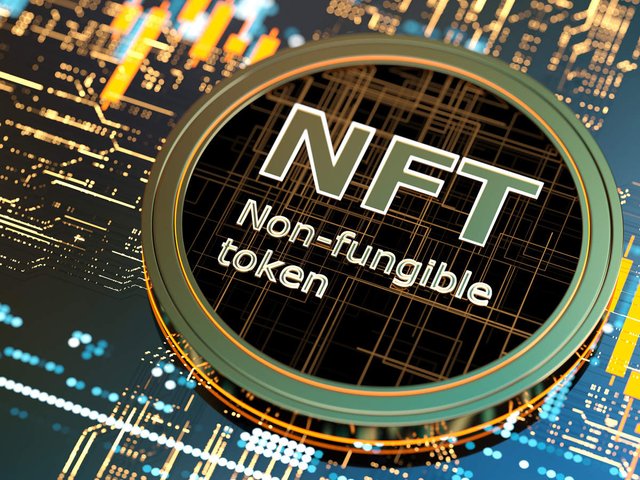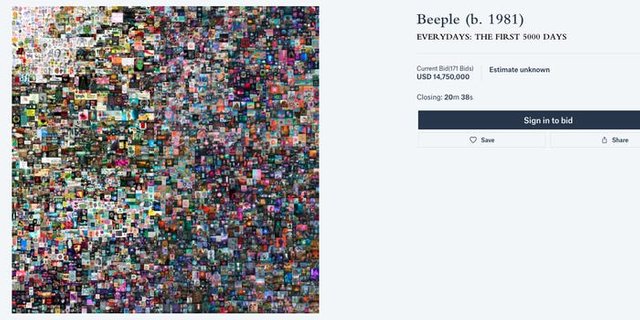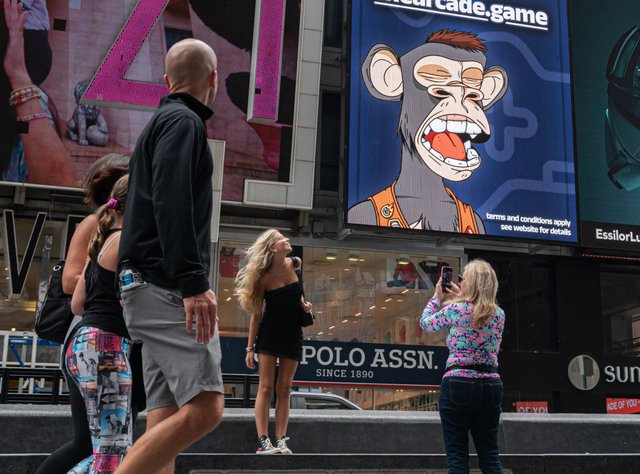The First NFT and the Future of Digital Art

NFTs, or non-fungible tokens, have taken the art world and beyond by storm in recent years. These digital assets are unique and irreplaceable, and have been used to represent everything from digital art to collectibles to virtual real estate.
The first NFT appeared in 2014, with the creation of the Counterparty platform on the Bitcoin blockchain. The platform allowed users to create and trade unique tokens, which could represent anything from digital assets to physical objects.

However, it wasn't until more recently that NFTs gained widespread attention, with the sale of "Everydays: The First 5000 Days" by digital artist Beeple in March 2021. The artwork, which was a collage of Beeple's daily digital creations, was sold for a staggering $69 million at a Christie's auction.
Since then, NFTs have continued to make headlines, with a growing number of artists, musicians, and creators turning to the technology to monetize their work and engage with fans in new ways.
So what does the future hold for NFTs? While it is still early days for this emerging technology, there are several trends and developments that suggest NFTs are here to stay. These include:
Continued adoption and expansion: As more artists and creators recognize the potential of NFTs, it is likely that we will see continued adoption and expansion of the technology across industries. This could include everything from virtual real estate to ticketing to in-game items.
Increased regulation and oversight: As NFTs become more widely used, there may be increased regulation and oversight to ensure that they are used in a safe and responsible manner. This could include measures to prevent fraud, protect intellectual property, and ensure that buyers and sellers are protected.
Integration with other emerging technologies: NFTs are likely to be integrated with other emerging technologies, such as blockchain, artificial intelligence, and the metaverse, to create new and innovative applications.

Potential challenges around sustainability: The production and sale of NFTs have raised concerns around the environmental impact of the technology. As NFTs continue to grow in popularity, there may be a greater focus on sustainability and reducing the carbon footprint of these digital assets.
Overall, the future of NFTs is exciting and full of potential. As the technology continues to evolve and mature, it is likely that we will see even greater adoption and integration across industries, paving the way for a new era of digital creativity and innovation.

I wanted to support your post, but alas...
there is too much plagiarism and not enough uniqueness...
I have not received any support, so the quality of the articles is very poor. I will improve the quality of future articles.
It's a vicious circle...
I haven't checked the quality of your past articles. I see what I see now. And everyone else sees the same thing.
If you compose your articles from photos from the Internet without links to the source and use ready-made texts also without links... what value does this have for you and for the platform?
In reality, this is called plagiarism and is being prosecuted on the platform. It is very easy to get into black lists and it is difficult to get out of them...
Now good posts can get (I'm not talking about guarantees, I'm talking about potential) good support from curators. Participate in contests and you will definitely be noticed. But for plagiarism, you can expect a lot of trouble.
You also took the pictures from Google and did not put links inside your topics
I do not know what exactly you mean, but I see some pretty stupid behavior that can...
What is the name of the site you used
It doesn't matter at all, there are several such sites.
It is better to write original texts and then there will definitely be no problems.